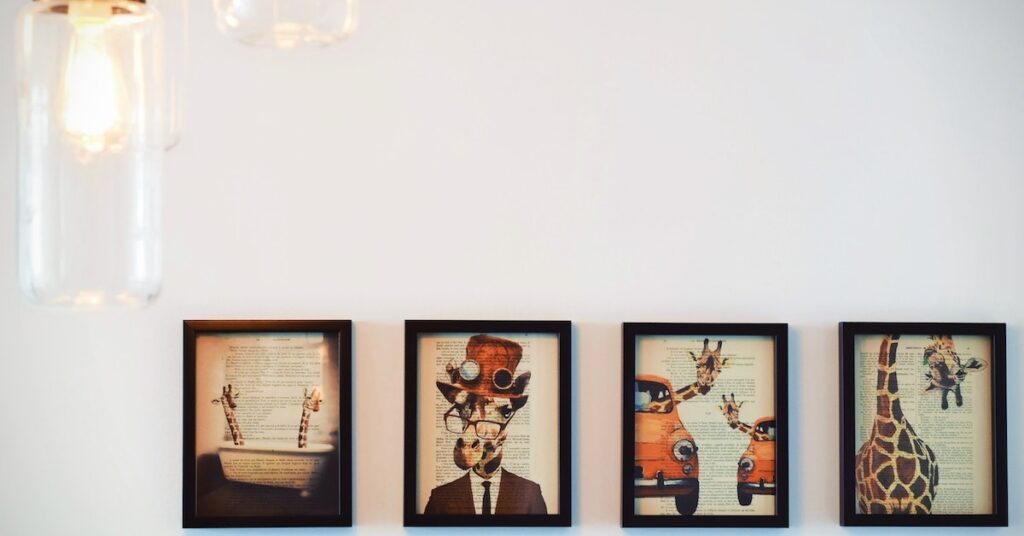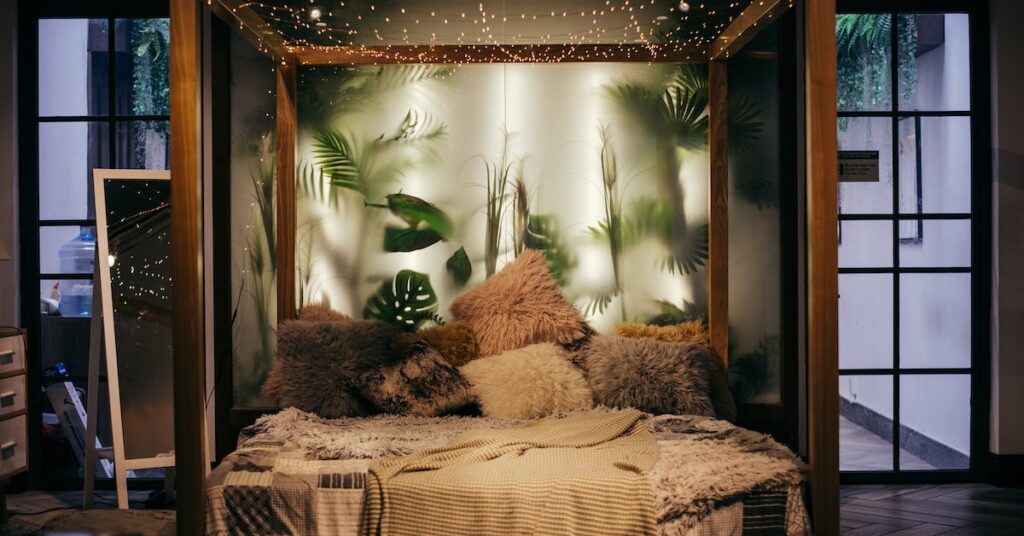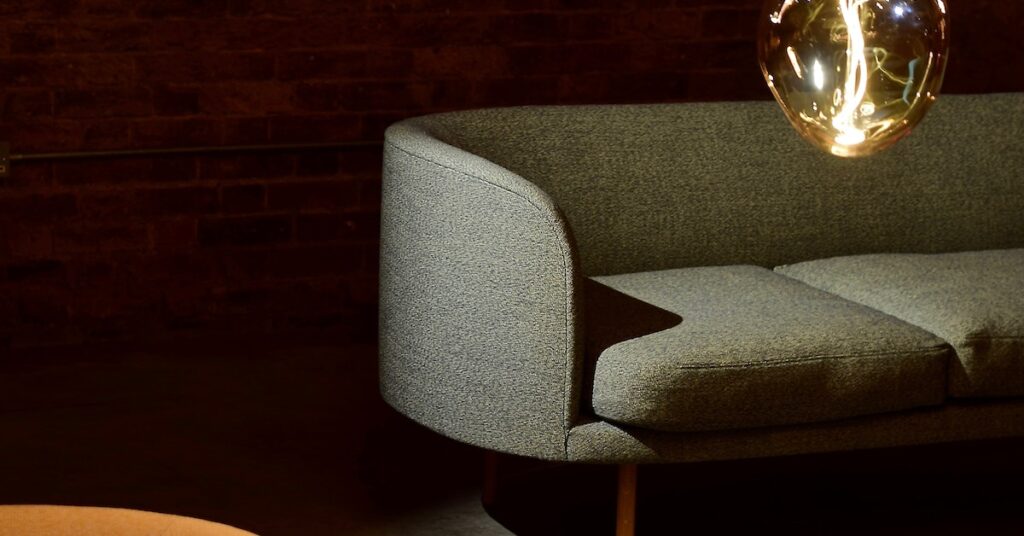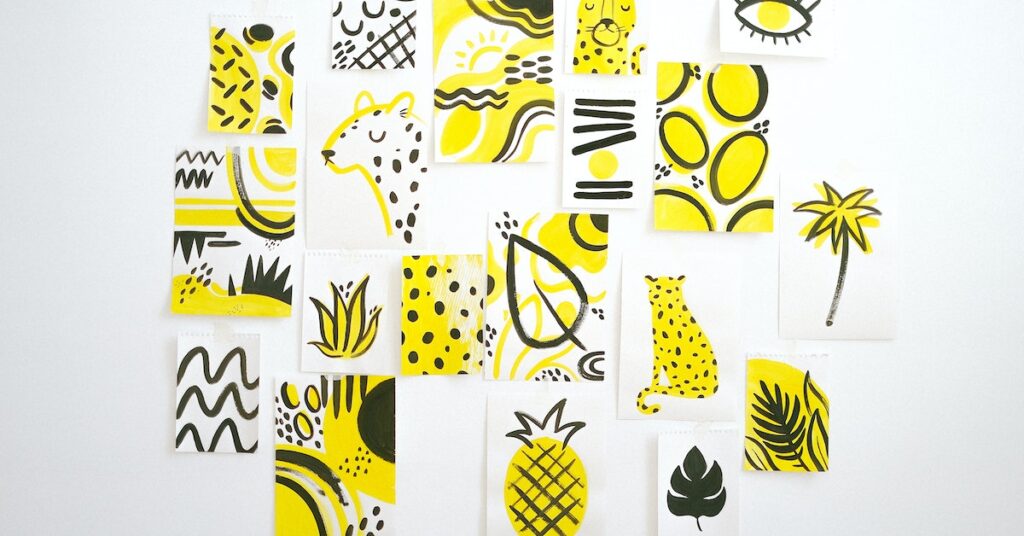Running an art based business can be very fulfilling for aspiring artists. It can offer them a personal and financial reward. However, before they can enjoy the benefits of their new business, they must first meet responsibilities and regulations. The first step is writing a business plan. Once this is done, the next step is deciding on the name of the business.
Creating a business plan
Creating a business plan for an art business can be a useful tool for artists. It can help artists decide on their goals and set priorities. It can also help artists analyze their current situation, identify obstacles, and stop doing things that are getting in the way of success. Moreover, having a plan will allow artists to identify their competitive advantages.
An artist business plan should also include financial projections and statements. This will help to ensure that the costs do not outpace revenues, and will help to attract investors and bank loans. In addition, it can be used to monitor the progress of the business. A business plan is like a dashboard or navigation system that can be updated often.
To create a business plan for an art-based venture, the first step is to identify your target market. You can do this by breaking down your target customers into demographics and psychographic profiles. Demographics include age, gender, income, and location. Psychographic profiles, on the other hand, include information on your target customers’ interests and needs. Knowing your target market will help you create a strong business plan and increase the chances of retaining your existing customers.
Creating a business plan for an art business should start with identifying your long-term and short-term goals. The goals should be attainable and realistic. You should also outline how you plan to promote your business. You can approach art investors or look for government grants.
The next step is to identify your business team. You’ll need to hire staff to support your creative endeavor. Most artists work alone and must handle all aspects of the business, but if you’re working with others, you should create a team. Include each person’s role in the business plan and highlight their unique talent. In addition to hiring employees, you’ll also need to pay for insurance and rent for your office space.
Recordkeeping
Recordkeeping is an important part of running an art based business. All income and sales should be tracked, along with sales tax. Artists should also keep track of advance payments for future works. If you don’t keep records, you could face trouble claiming insurance. Luckily, there are a few resources to help.
Artists often prefer creating art to keeping business records, but if they want to succeed, they must adopt good business practices. Good bookkeeping will help you understand how much money you’re making, how much you have in the bank, and how much money you’re spending. In addition, good recordkeeping helps you file taxes with confidence. There are plenty of resources available online that will walk you through the basics of recordkeeping for artists. You can begin with a weekly schedule that focuses on supplies, labor, and billing for completed projects.
Marketing
Marketing your art-based business requires a plan of action. A good plan will include a number of different marketing strategies and tools. The process starts with defining your goals and strengths. After that, you can begin to test and tweak your plan to get the best results. To develop the right plan, you must familiarize yourself with all of the available marketing options, and understand which ones are most effective for your specific niche and audience.
There are several ways to market your art, but the most important is to create an awareness of your products. Creating awareness about your art will increase the number of buyers interested in buying it. You can reach your target audience through online marketing, local advertising, and word-of-mouth. Regardless of how you choose to promote your art, remember that marketing isn’t the same as selling. Marketing your art is only the first step; once you have attracted attention to your work, you can start selling it.
You’ll also want to build your mailing list. Building an audience requires time and effort. A mailing list is one of the most important things to consider when marketing your art. Besides building a list of potential buyers, the best art marketing strategies involve relationship building and presenting yourself as a professional.
Your website is another essential marketing tool for your art-based business. Whether you’re an emerging or established artist, you’ll want to have a professional site. Search engines like Google value long-lived domain names and relevant content. You’ll also want to have a mobile-friendly website.
Finding a location
There are several factors to consider when looking for a location for your art business. Although you may be able to operate your business from home or in a studio, locating a location for your business will give you more flexibility and freedom. You should visit art districts in your area to see where you would like to set up shop, and you should also visit galleries in the area. You can also find out about available gallery and studio space from local artist collaborative groups.
Creating opportunities
Running an art business can be difficult, but there are ways to make the process easier. First, make a detailed budget of the costs associated with running the business. This can include personal expenses such as house payments and groceries. Secondly, list out how you will pay for your expenses and set up a payment plan. You can use your savings, joint income, or an artist grant to help you cover the costs. You can also raise money through crowdfunding or selling a certain amount of your art pieces, or you can work part-time to earn additional income.
Third, be open to feedback and innovation. Taking suggestions from other artists is a good way to improve your business. It can also help you improve your work or expand it. It’s important to welcome feedback so that you can maximize your potential as an artist. Lastly, you can create new opportunities by trying new techniques.








